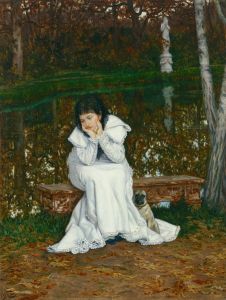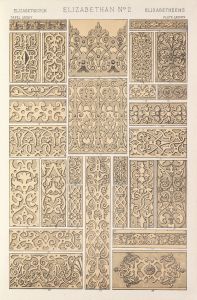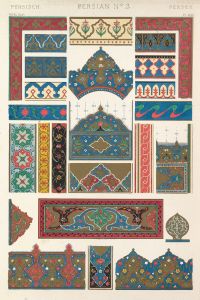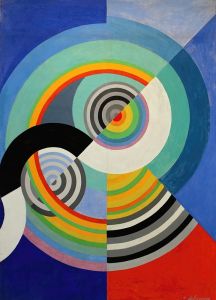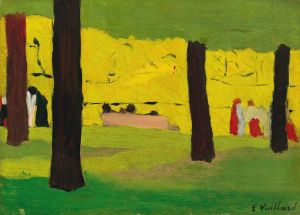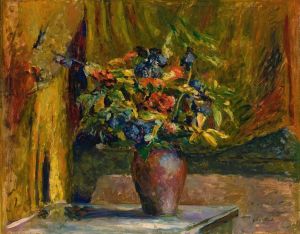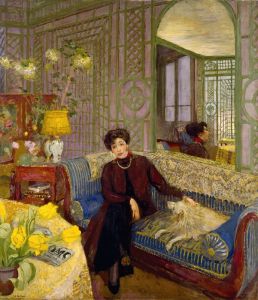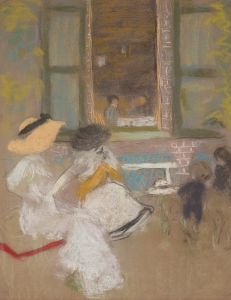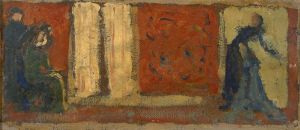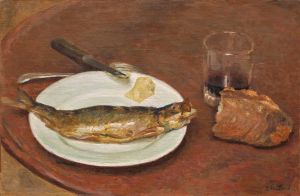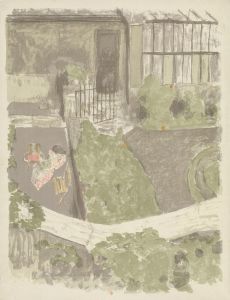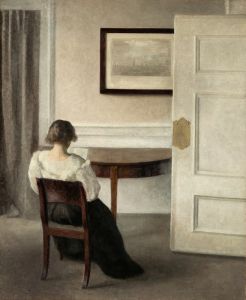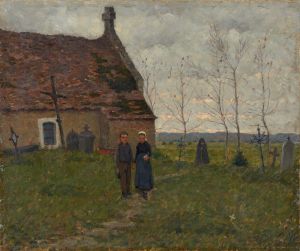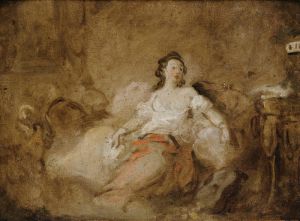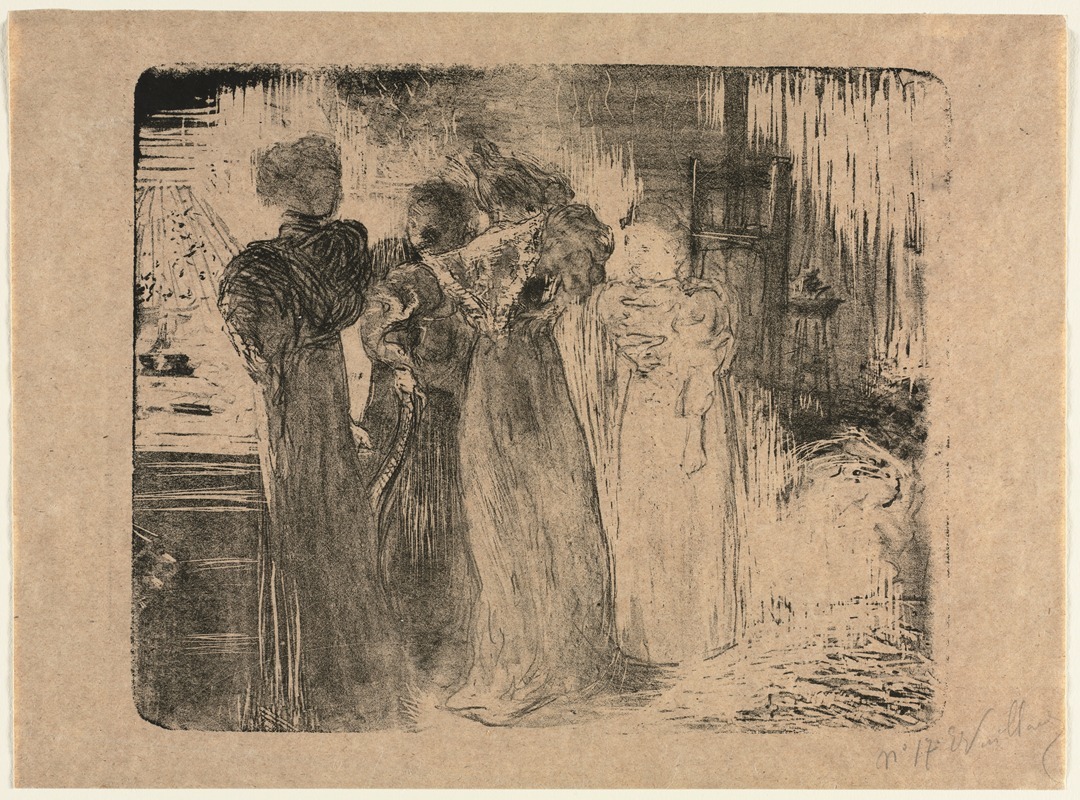
The Studio
A hand-painted replica of Édouard Vuillard’s masterpiece The Studio, meticulously crafted by professional artists to capture the true essence of the original. Each piece is created with museum-quality canvas and rare mineral pigments, carefully painted by experienced artists with delicate brushstrokes and rich, layered colors to perfectly recreate the texture of the original artwork. Unlike machine-printed reproductions, this hand-painted version brings the painting to life, infused with the artist’s emotions and skill in every stroke. Whether for personal collection or home decoration, it instantly elevates the artistic atmosphere of any space.
Édouard Vuillard, a prominent French painter associated with the Nabi movement, created "The Studio" in 1901. This painting is an exemplary work that showcases Vuillard's distinctive style, characterized by its intimate domestic scenes and the use of rich, decorative patterns. Vuillard was known for his ability to capture the essence of interior spaces, often depicting the interplay between figures and their surroundings with a subtle, atmospheric quality.
"The Studio" is a testament to Vuillard's interest in the domestic and personal spaces of everyday life. The painting portrays a scene within an artist's studio, a setting that was both familiar and significant to Vuillard. The composition is marked by its intricate detailing and the harmonious blending of colors and patterns, which are hallmarks of Vuillard's work. The artist's use of muted tones and soft brushwork creates a sense of warmth and intimacy, inviting viewers into the private world of the studio.
In this painting, Vuillard employs a flattened perspective, a technique that he often used to emphasize the decorative aspects of his compositions. This approach reflects the influence of Japanese prints and the broader Post-Impressionist movement, which sought to move beyond the naturalism of Impressionism. The flattened space allows Vuillard to focus on the relationships between colors and patterns, creating a tapestry-like effect that is both visually engaging and thematically cohesive.
Vuillard's work is often noted for its psychological depth, and "The Studio" is no exception. The figures in the painting, though not the central focus, are integrated into the environment in a way that suggests a narrative or a moment captured in time. This integration of figures and setting is a key aspect of Vuillard's artistic vision, as he sought to convey the interconnectedness of people and their environments.
"The Studio" also reflects Vuillard's interest in the decorative arts, an interest that was shared by many of his contemporaries in the Nabi group. The Nabis were a group of avant-garde artists who were influenced by Symbolism and sought to break away from traditional artistic conventions. They emphasized the importance of color, pattern, and design, elements that are prominently featured in Vuillard's painting.
Vuillard's technique in "The Studio" involves the use of distemper, a type of paint made by mixing pigments with a binding agent such as glue. This medium allowed Vuillard to achieve a matte finish and subtle gradations of color, contributing to the overall softness and harmony of the composition. The choice of medium is indicative of Vuillard's experimental approach to painting and his desire to explore new methods of expression.
"The Studio" is housed in the collection of the Musée d'Orsay in Paris, a museum renowned for its extensive collection of Impressionist and Post-Impressionist masterpieces. Vuillard's work, including this painting, is celebrated for its contribution to the development of modern art and its influence on subsequent generations of artists.
In summary, "The Studio" by Édouard Vuillard is a quintessential example of the artist's ability to blend decorative elements with intimate, domestic scenes. Through his use of color, pattern, and composition, Vuillard creates a work that is both visually captivating and rich in narrative potential. The painting stands as a testament to Vuillard's unique artistic vision and his role in the evolution of early 20th-century art.





